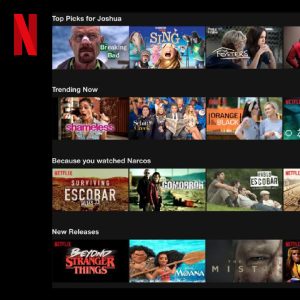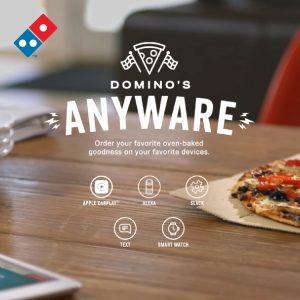In our digital-first world, the average customer feels like an ever-shifting target. From rapid developments in AI to new smart technology, everyday consumers are expecting brands to keep up with emerging trends and to meet them where they are. In this article, we’ll explore the latest in digital advertising, how brands can be a player in the space, and real-world examples of how brands are successfully implementing these tactics in the market.
Understanding the Current Landscape of Advertising
Let’s take a moment to grasp the present state of the advertising industry. Advances in digital marketing have reshaped how brands connect with their audiences, giving rise to an array of platforms and channels for advertising. From social media giants like Facebook and Instagram to search engines like Google, brands have an array of options to permeate the everyday lives of their target audiences.
However, with such opportunities come challenges. Brands often struggle to cut through the noise and capture the attention of their audience amidst the abundance of advertisements. That is where audience research comes in—while companies may saythey target specific audiences with their advertising, they don’t put in the upfront work to understand what ways their audiences consume content.
For example, if you ask any young professional (let’s say Millennials ages 25-40) how they shop online, they would likely say a mix between social media or simply doing a Google Search. Print advertising—like newspapers, billboards, etc, does serve a purpose in the overall marketing mix, but the aperture needs to be expanded to make room for these emerging tactics.
Upcoming Advertising Trends and Innovations
Artificial Intelligence and Machine Learning in Advertising
With AI-powered ad personalization, brands can deliver tailor-made content to individual consumers, increasing engagement and conversions. Programmatic advertising, driven by machine learning algorithms, automates the ad buying process, making it more efficient and effective. Moreover, chatbots powered by AI offer real-time customer interactions, enhancing user experiences and streamlining customer support.
Real Example: Netflix’s AI-driven content recommendations provide users with personalized movie and series suggestions based on their viewing history, leading to increased user engagement and retention.Source: Netflix’s Machine Learning Algorithms

Augmented Reality (AR) and Virtual Reality (VR) Integration
AR and VR technologies are breaking barriers between brands and consumers, offering immersive experiences like never before. Brands can utilize AR to allow customers to virtually try on products or visualize how products fit into their lives. Similarly, VR can create interactive storytelling experiences that resonate with audiences, leaving a lasting brand impression.
Real Example: IKEA’s “IKEA Place” app enables users to virtually place furniture in their homes using AR, helping customers visualize how IKEA products would look and fit in their living spaces. Source: IKEA Place

Voice Search Optimization and Voice-Activated Ads
The rising popularity of voice search through smart assistants like Siri and Alexa has implications for advertising. Brands need to optimize their content for voice search queries and consider voice-activated ads that encourage user engagement. Voice search SEO strategies will become pivotal in ensuring brands are discoverable through voice-enabled devices.
Real Example: Amazon’s Alexa Skills have allowed brands like Tide and Domino’s Pizza to create voice-powered experiences for customers, increasing brand interactions and customer convenience. Source: PR Newswire, 2017
Influencer Marketing and User-Generated Content (UGC)
Influencer marketing continues to be a powerful tool for brand promotion. Partnering with influencers who align with the brand’s values can reach a wider audience and establish credibility. Additionally, incorporating User-Generated Content (UGC) into advertising campaigns creates a sense of authenticity, as consumers trust their peers’ opinions over traditional advertising.
Real Example: Nike’s collaboration with well-known athletes and influencers, like Cristiano Ronaldo and Serena Williams, has strengthened its brand image and expanded its reach among younger demographics. Source: Launch Metrics, 2023

Conclusion
As the industry continues to evolve, and customer expectations shift, brands must be proactive and adapt to emerging trends if they are to thrive.
By integrating these cutting-edge trends, brands can successfully navigate the ever-evolving digital landscape, ensuring they cut through the noise and resonate deeply with their target audience.
